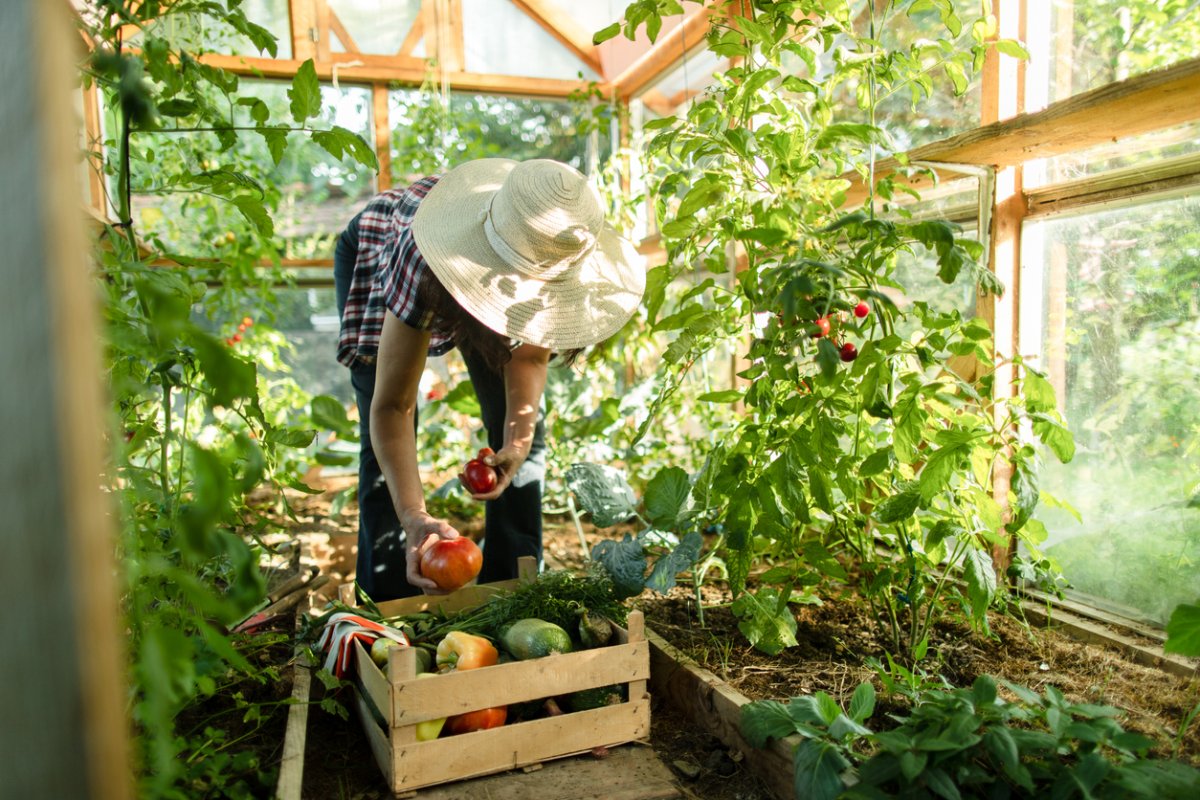We may earn revenue from the products available on this page and participate in affiliate programs. Learn More ›
In 2021, produce accounted for 40 percent of organic food sales in the United States. Growing an edible garden organically also appeals to plenty of home growers. But the cost of organic soils, fertilizers, and pest control could deprive families of garden pay dirt. These organic gardening tips could help save money for those wanting a more sustainable way to grow food.
Although you can save money by making your own potting mixes, fertilizers, sprays, and other products suggested in our organic gardening tips below, those savings might erode away once you add in the costs of your time and labor, supplies, and so on. So always do some figuring first to discover whether homemade really makes you money—or just more work, along with how important it is to you to up your organic growing game.
RELATED: The 30 Best Gifts for Gardeners That They’ll Actually Use
1. Make your own compost.
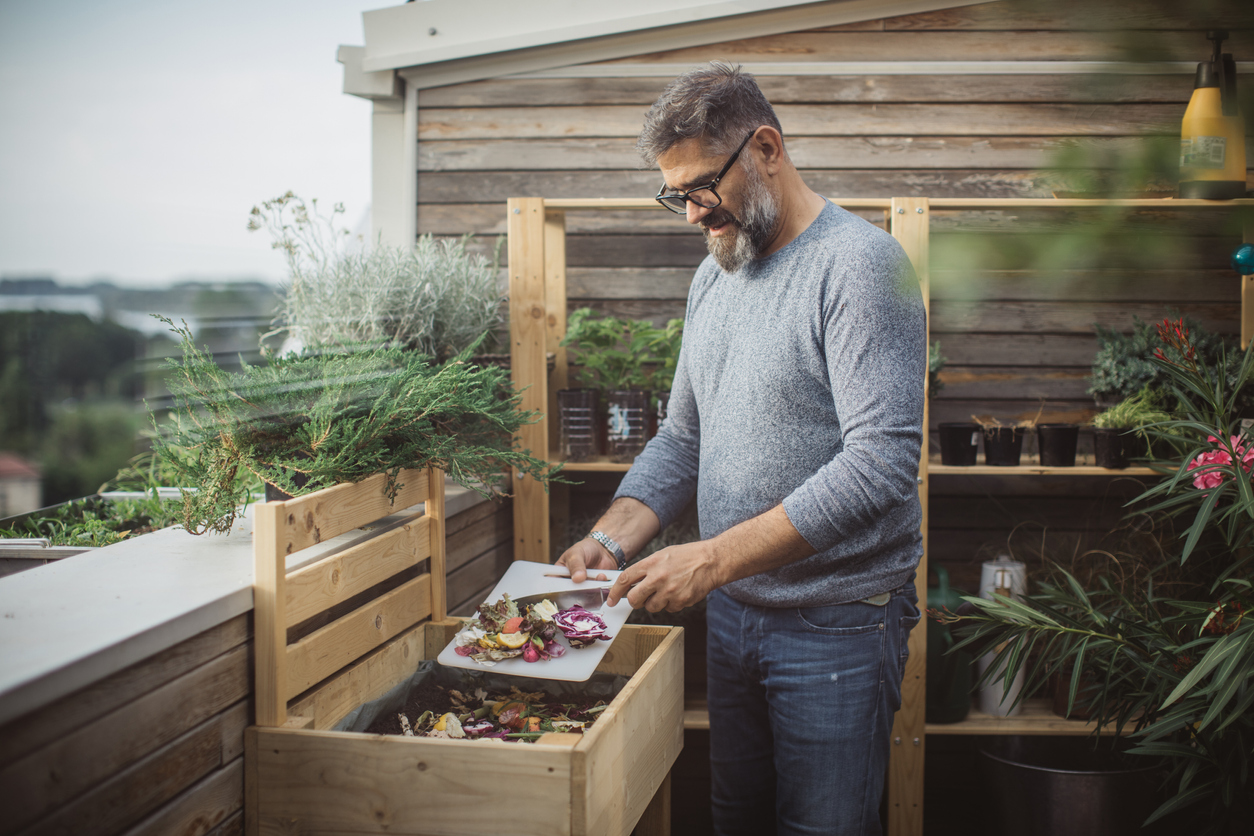
Since bagged compost tends to be expensive, making your own could be compensating if you require large amounts of it. Keep in mind that, according to the University of Maryland Extension, you will need both brown materials such as dry leaves and straw or hay and green materials such as grass clippings and produce scraps. However, you should never attempt to compost ingredients that contain fat such as meat or dairy products. Consult our article on Composting 101 for more information.
2. Make your own compost bin.
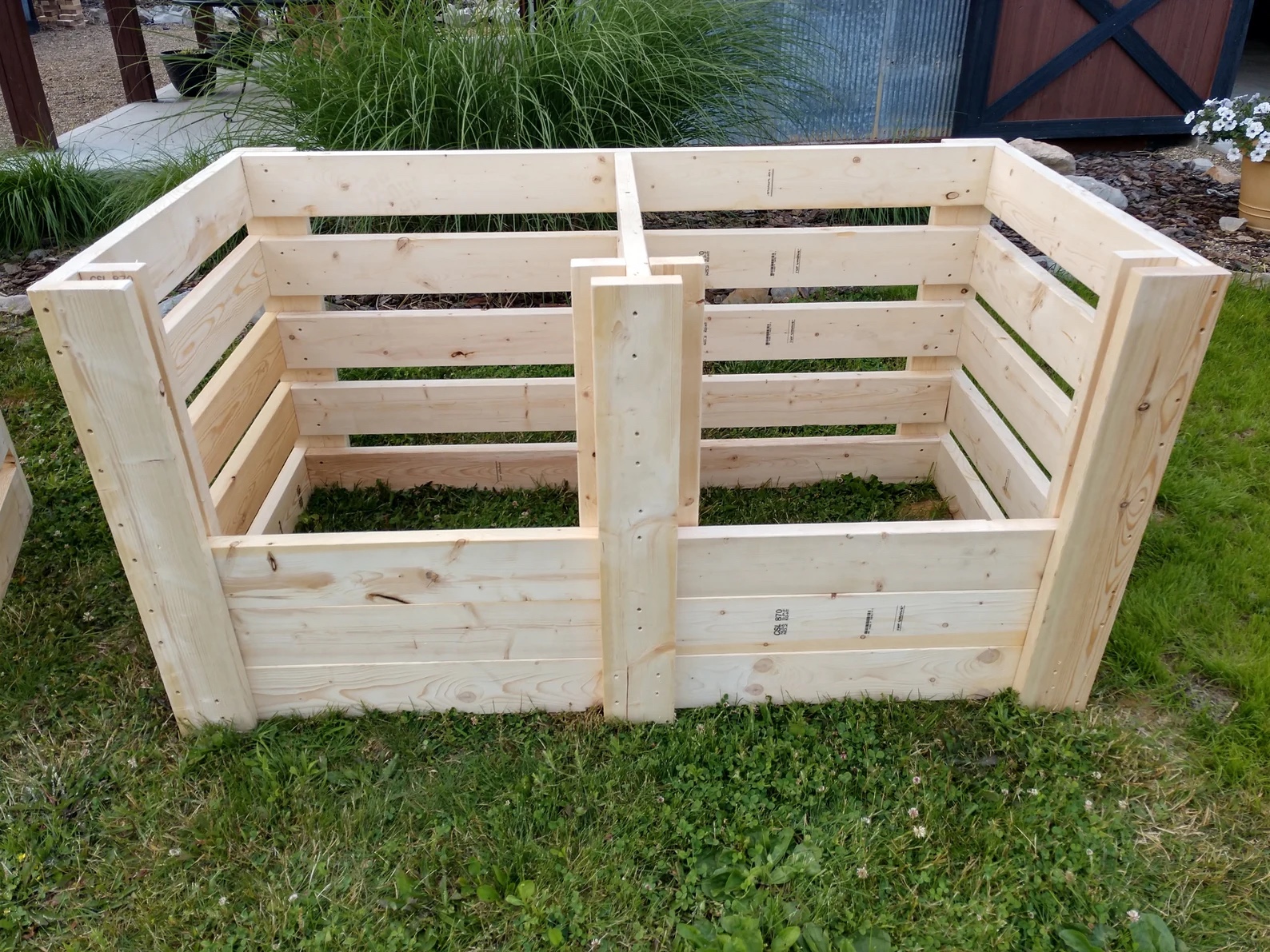
Of course, making compost requires a large, aerated container of some sort, which can be pricey in itself. However, you can construct a perfectly adequate compost bin by drilling holes in an inexpensive lidded plastic trash can or by using leftover pallets. Keep in mind, though, that if raccoons don’t have any problem getting into your other garbage cans, they probably will want to raise the “roof” or jump into your homemade compost piles. So if pests are a problem, make sure to add a lid that is well secured with a device intended for that purpose, such as a strong hook or bungee cords.
RELATED: The Best Compost Bins, Tested and Reviewed
3. Make your own liquid fertilizer in the form of compost tea.
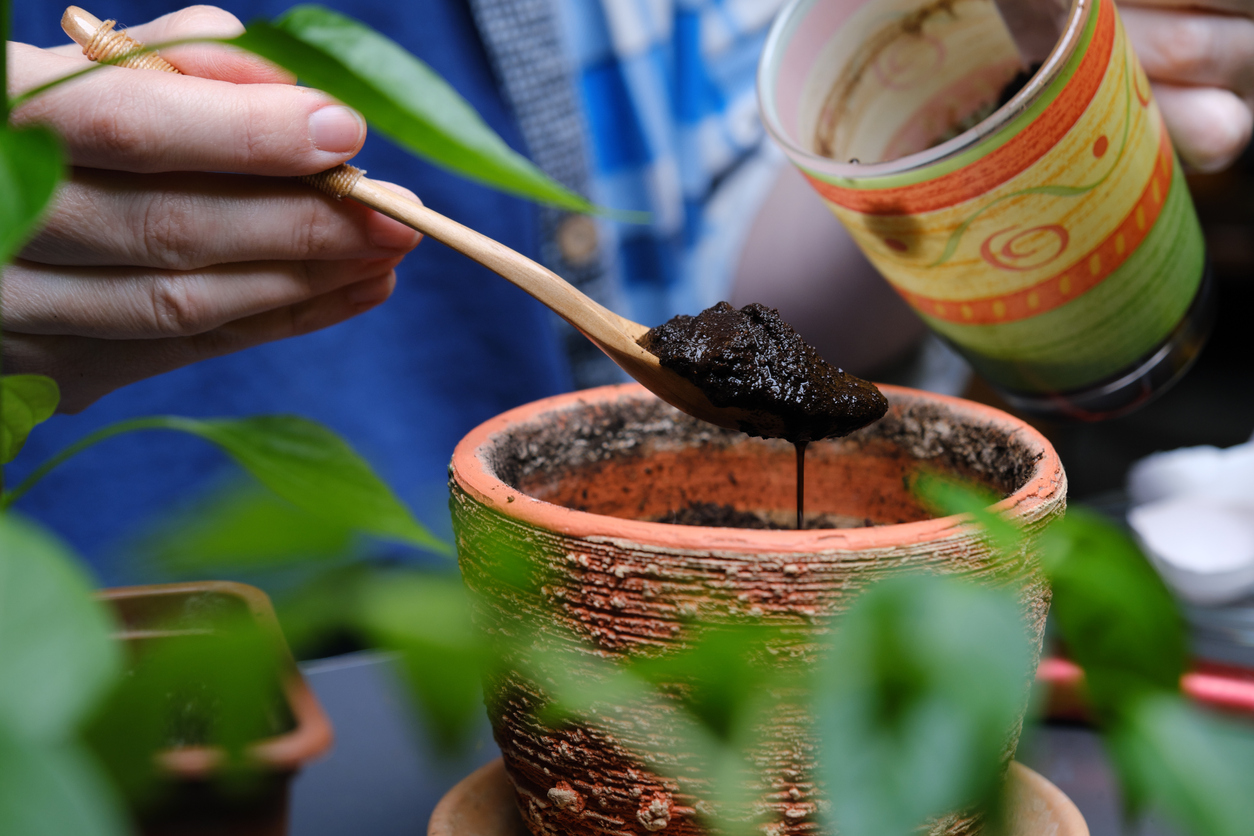
Once you have a sufficient supply of well-decomposed compost, you can brew your own inexpensive organic liquid fertilizer in the form of compost tea. You make that by soaking one part of compost in five parts of water for at least 24 hours and up to 72 hours.
These days, some gardeners prefer to make compost tea with a bucket aerator. However, keep in mind that some compost teas can contain harmful bacteria such as E. coli. So be sure to wear plastic gloves while applying any of them and wash your hands well afterward.
RELATED: The Best Things You Can Do for Your Garden Soil
4. Make your own seedling mix.
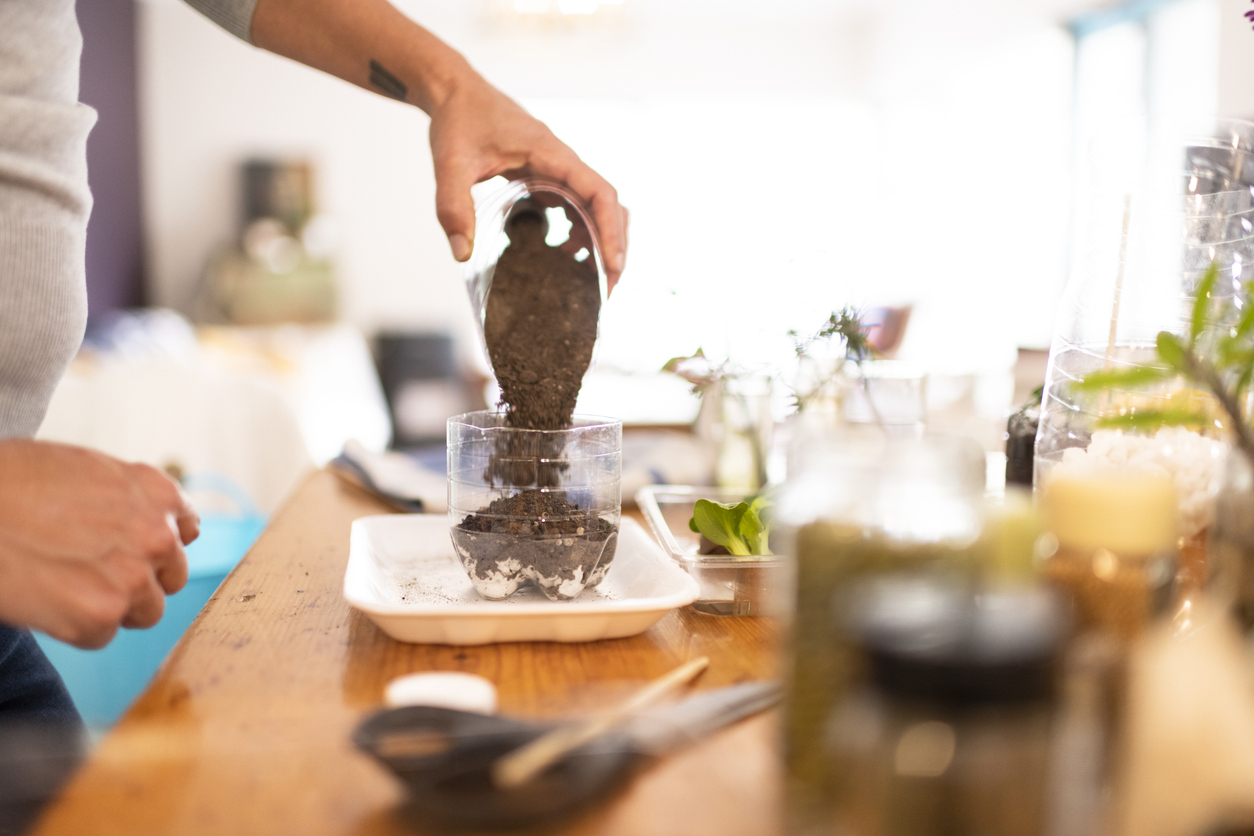
You can also make use of your compost by including it in a seedling mix. A University of Florida recipe for that includes two parts of compost, two parts of peat, and one part of vermiculite. Always wear a dust mask or respirator and moisten the ingredients before you mix them to prevent inhaling potentially harmful particles. If you intend to use this mix for starting seeds, it’s a good idea to sterilize it first to prevent damping off disease in your seedlings.
RELATED: How Starting Seeds Indoors This Year Will Help You Grow a Better Garden Than Ever
5. Make your own potting mix.
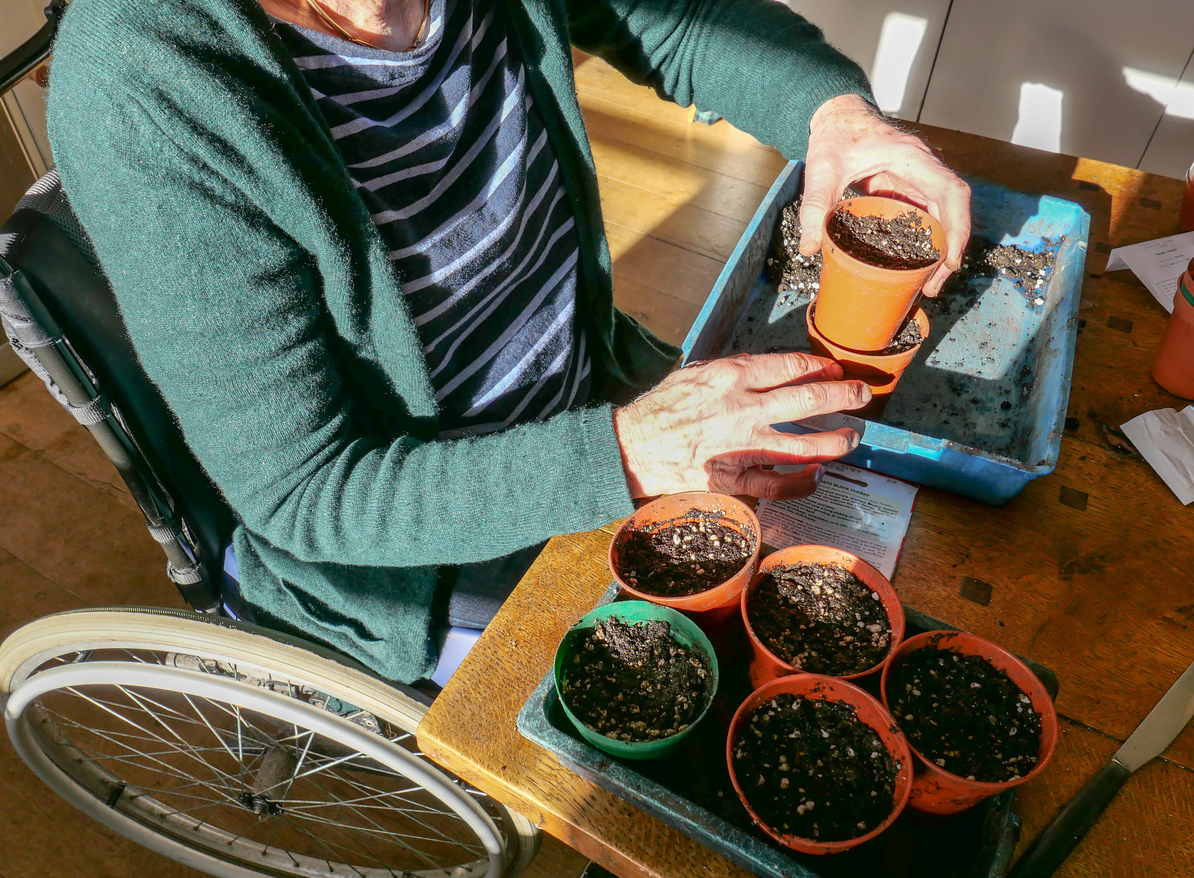
Among organic gardening tips is to use a certified organic potting mix. For a DIY potting mix that incorporates elements of both organic guru Eliot Coleman’s mix and a Cornell mix, combine 5 pounds each of blood meal, rock phosphate, and greensand with 11 bushels each of peat moss and perlite. These days, you may want to replace about half that peat moss with either coir or compost, keeping in mind that those alternatives tend to be more alkaline than peat. Therefore, they aren’t the best option for plants which prefer acidic soil.
RELATED: Garden Soil vs. Potting Soil: What’s the Difference?
6. Make your own granular fertilizer.

Many growers prefer organic fertilizers, which stimulate the natural processes in plants to feed themselves. To save money, you can make your own granular organic fertilizer by combining elements rich in nitrogen, phosphorus, and potassium. For example, a recipe from The Organic Gardener’s Handbook by Frank Tozer recommends mixing two parts cottonseed meal, two parts colloidal phosphate, three parts greensand, and one part kelp meal. Again, wear a mask or respirator when combining any gardening ingredients. They may be good for your plants but won’t be good for you if inhaled.
RELATED: A Complete Guide to Choosing and Using Fertilizer for New Grass
7. Make your own organic weed killer.

Colorado State University reports that one ingredient, corn gluten meal, will prevent weed seeds from sprouting in a recently tilled garden while supplying nitrogen to the soil. However, the organic weed killer also can prevent flower and vegetable seeds from sprouting. So, use it only where you don’t plan to sow anything or where you have just transplanted seedlings that already are 2 to 3 inches tall.
Better yet, pull or hoe weeds yourself rather than applying weed killers of any sort. That will provide you with healthy exercise and won’t leave possibly harmful residues in the ground.
RELATED: Homemade Weed Killers and Preventative Treatments That Really Work
8. Make your own insecticidal soap.
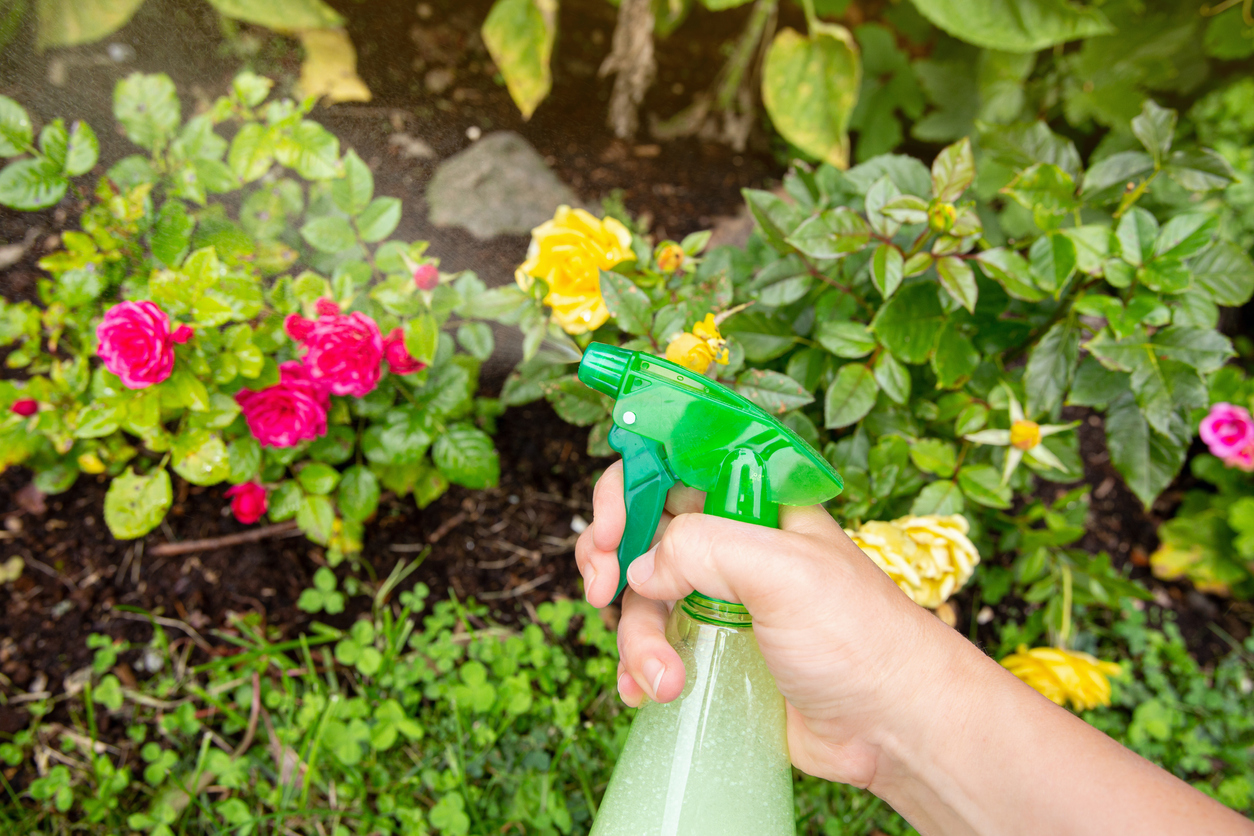
If the price of insecticidal soap bugs you, the University of Minnesota Extension suggests that you use 2 teaspoons of dish soap mixed into 1 pint of water—but avoid spraying soap-sensitive plants such as hawthorn, sweet pea, cherry, plum, and some tomatoes. An even better solution is to use liquid castile soap instead of dish soap, since commercial dish soap can contain harmful detergents and is not biodegradable like castile soap.
RELATED: What Is the No-Dig Gardening Method, and Why You Should Try it This Spring
9. Make your own horticultural oil.
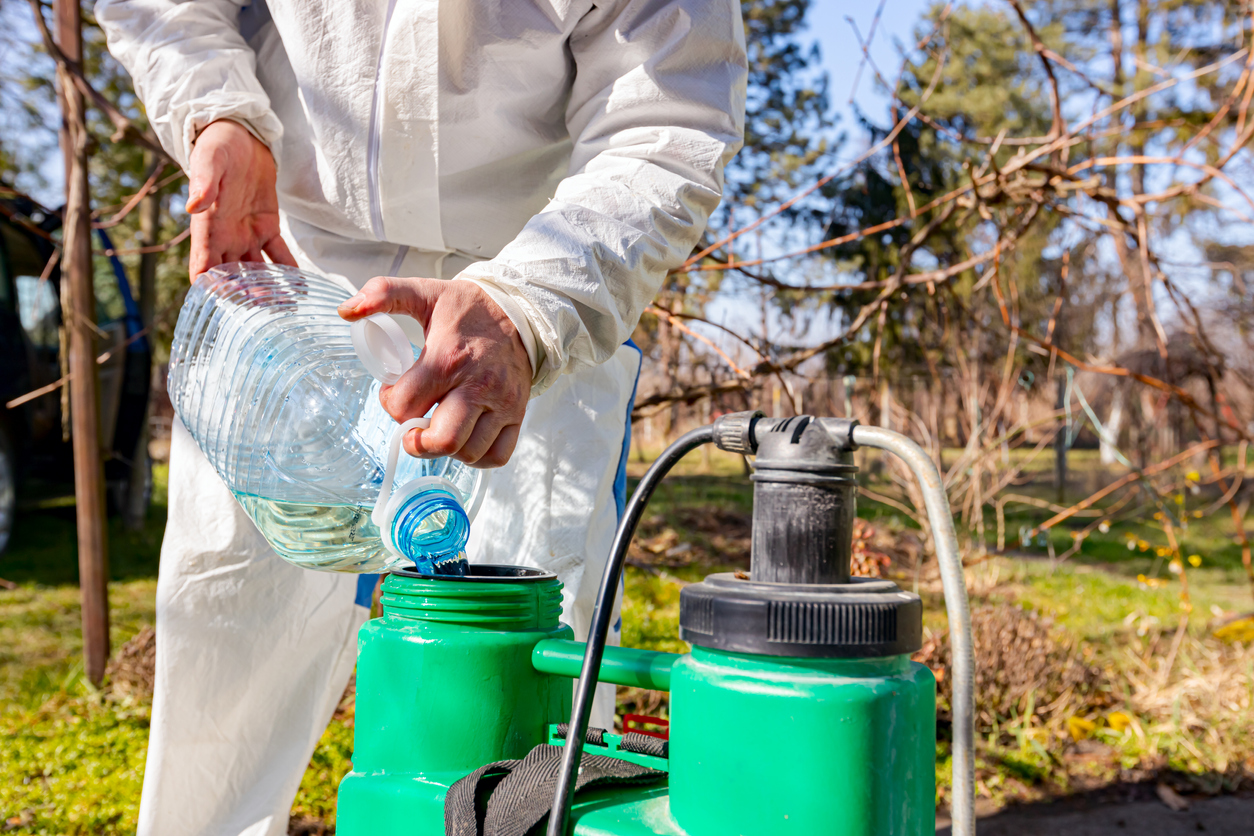
Horticultural oil works well for smothering a variety of harmful insects In What’s Wrong with My Vegetable Garden? David Deardorff and Kathryn Wadsworth suggest that you mix 1 tablespoon of liquid castile soap with 1 cup of a vegetable oil such as canola to make your concentrate. Then combine 1 tablespoon of the concentrate with 1 gallon of water to get your spray, but avoid using it on plants that are sensitive to oils. The University of Nevada lists oil-sensitive plants, namely junipers, cedars, maples, redbuds, smoke trees, and spruces.
RELATED: Keyhole Gardening: What You Need to Know to Get Started
10. Make your own flower plot to attract beneficial insects.

Instead of purchasing undiscriminating killers such as assassin bugs, which eat “good bugs” as well as “bad” ones, bring beneficial insects to your vegetable garden the natural way by growing flowers or herbs that will attract them. According to Penn State Extension, beneficials such as ladybugs and parasitic wasps prefer plants that are members of the carrot, aster, mustard, and verbena families—such as dill, gaillardia, sweet alyssum, and lantana—as well as legumes such as vetch.

